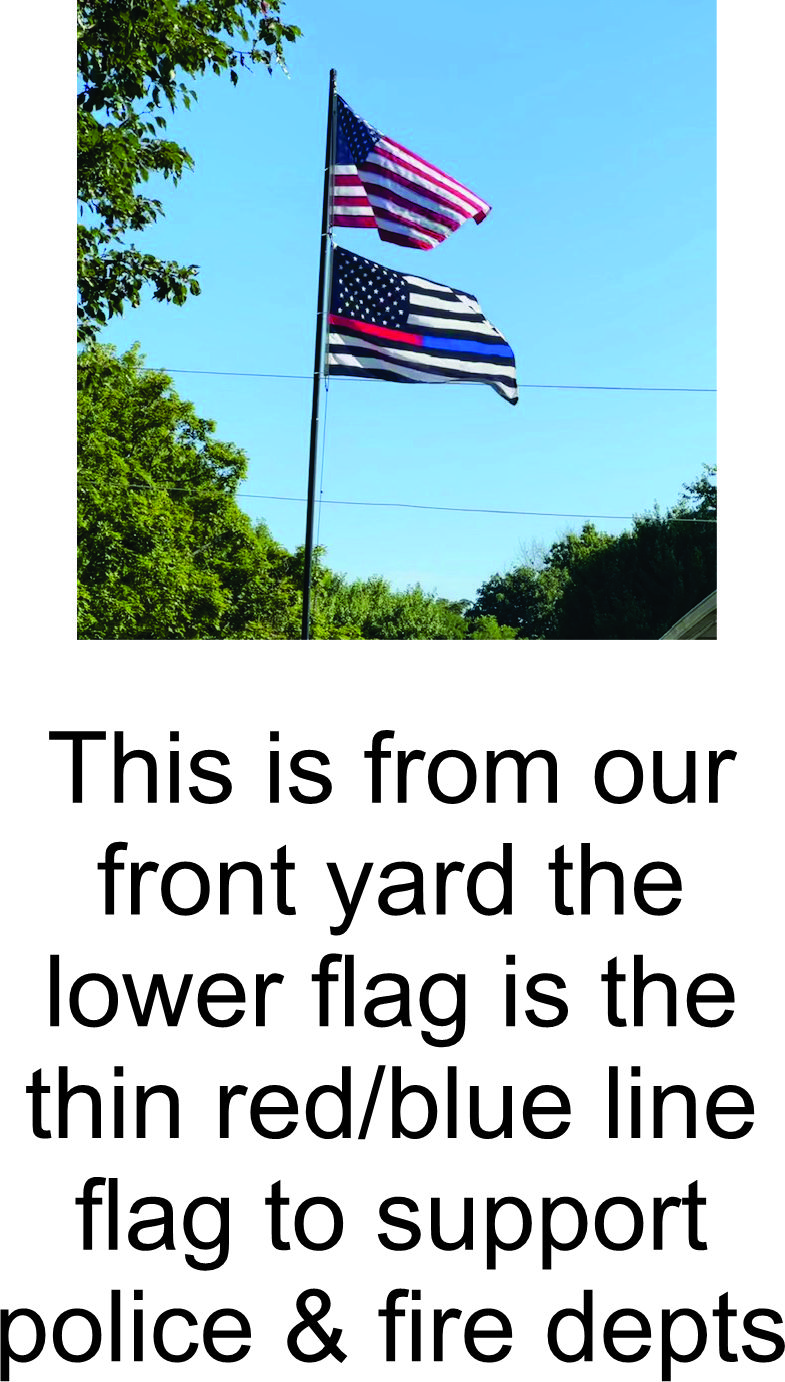 This statement below was out on the web from a VP from one of the NATIONAL PHARMACY ASSOCIATIONS. This person seem very PROUD that pharmacy can expect an additional FIVE BILLION in profits.
This statement below was out on the web from a VP from one of the NATIONAL PHARMACY ASSOCIATIONS. This person seem very PROUD that pharmacy can expect an additional FIVE BILLION in profits.
The USA fills 4.9 BILLION prescriptions in 2024. Presume that the PBMs decide what is going to be paid for 90% of them or 4.41 BILLION. I remember when the PBM industry first showed up on the scene in 1970. The year I graduated from Pharmacy school and got licensed.
Back then 90% of Rxs were brand name meds and today 90% of Rxs are generics. Back in 1970 the average Rx price was in the $4-$5 range, vs today the average Rx is in the $70 range. As a guesstimate, I would say that if it was not for the PBM industry, we are paying at a minimum $30/Rx more because we have all these middlemen involved in our prescription system.
Over the last 5 decades, as the percentage of Rx that the PBMs were controlling went up .. the faster the average Rx prices went up. Multiplying out the number of Rxs the PBM industry control – 4,41 billion by $30/Rx comes out to 132 BILLION/YR.
So it appears that the PBM industry is returning FIVE BILLION. That is just abt 4% of what they are now over-charging and padding their bottom lines. I have to wonder what sort of “song & dance” bureaucrats, politicians and other decision makers were told and they believed that a large number of middlemen coming into ANY SYSTEM.. each with its own overhead costs and desire to show a net profit, could reduce overall expenditures on medication. Again, back in the day, it was claimed that prescriptions were 6% of total medical expenditures and today it is reported that medications are now 12%-15% of total medical expenditures.
Over 45 Million Americans Lack Convenient Access to a Pharmacy
-
Over 46% of U.S. counties are pharmacy deserts. In these counties, more than half of people have to drive more than 15 minutes to reach nearby pharmacies.
-
Today, over 45 million Americans live in a pharmacy desert. That’s an increase of over 9% since 2021, and the rate has outpaced population growth.
-
From 2021 to 2024, the number of community retail pharmacies decreased by nearly 15%, worsening pharmacy access across the U.S.
Nearly 30% of US drugstores closed in one decade, study shows
- The study found that more than 29% of the nearly 89,000 retail U.S. pharmacies that operated between 2010 and 2020 had closed by 2021. That amounts to more than 26,000 stores.
Congress has pulled the end of year spending package including long overdue PBM reforms due to unrelated issues. The PBM reforms save $5 billion and represent a lifeline to rural and underserved communities access to their only healthcare provider. Congress should not leave town until these reforms get passed – which are supported by over 100 U.S. House members and 34 U.S. Senators, FTC lawsuits and investigations, multiple congressional oversight hearings, investigations and reports, support from the President-elect, and hundreds of pharmacists’ and patients’ calls, letters, and meetings with congressional staff
Filed under: General Problems



















Leave a Reply